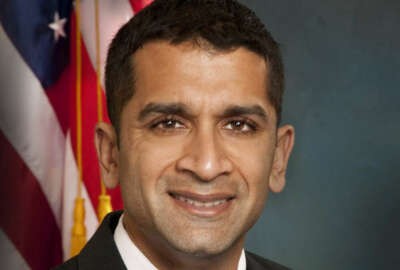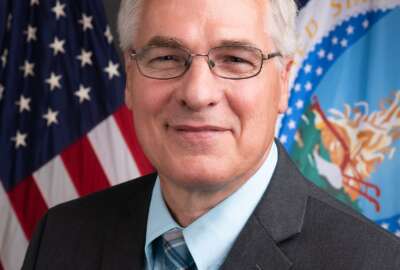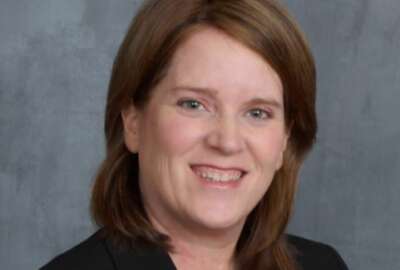Insight by T-Mobile for Government
Agricultural Research Service looks to precision technology, data to boost farming and ranching
“When you look at the vast majority of our farmers, ranchers and processors out there, they’re really not using these technologies,” says the Agricultural...
With the global population expected to reach 9 billion by 2050, the Agriculture Department’s research arm is turning to new technologies and data analysis to make crop production and other forms of farming less costly and more efficient.
But as so-called precision agriculture advances, the new technologies are running into an age-old problem: How do you convince users to adopt them?
“The reality is, when you look at the vast majority of our farmers, ranchers and processors out there, they’re really not using these technologies,” said Mike Buser, national program leader for engineering, natural resources and sustainable agricultural systems at the Agricultural Research Service, whose USDA team grapples with the issue every day. “Part of that is an education piece.”
Precision agriculture refers to a range of sensors and systems that automate different tasks across farming and ranching. Examples include systems that can identify and spray weeds in fields. Tractor guidance systems are being developed to more accurately plant crops, spray herbicide and apply fertilizers.
USDA focuses on gaining technology acceptance
Buser’s team has spent a lot of time in recent years working on how they communicate about technology with farmers and ranchers. A key effort is Partnerships for Data Innovations, he said.
“It’s really focused on pulling data from all of our research data silos out across the country and pulling them back into a common cloud-based platform,” Buser said.
It helps that farmers and ranchers are generally more willing to share data with researchers than they were a decade ago. The information helps ARS researchers fine-tune new systems and gather more complete data sets, while they can also help farmers and other consumers get the most out of the equipment, Buser said.
“If we’re able to do that, it really takes us to the next level,” he said. First, ARS can help producers get value out of precision agriculture technology that they invested in. Second, it helps ARS researchers and engineers identify possible failure points or things that people don’t like because they’re not user-friendly or functional. Those types of things can lead users “to bypass the entire system,” Buser said.
On the precision agriculture horizon
ARS also is looking to use fifth-generation wireless networks and unmanned aerial systems as “next-generation geographic information systems,” Buser said. UAVs are helping researchers measure and analyze key factors like soil erosion, crop yield and pollinators.
USDA also works with the Federal Communications Commission through the Precision Ag Connectivity Task Force. The group provides advice and recommendations for FCC on deploying broadband internet on unserved agriculture land and promoting precision agriculture.
A recent report from the task force recommended FCC and USDA collaborate and share public-facing data sets to develop broadband availability maps “that reflect and confirm the unserved and underserved areas on agricultural lands.”
What’s the right cloud approach for precision ag?
While ARS is studying how to take better advantage of interconnected technologies, Buser said the service is also looking at how much data needs to be transmitted back to cloud computing centers.
“We often get into discussions about how many of these computations do we really need to be doing locally?” he said.
Advances in microchip technology mean more data can be processed onboard sensors. Buser gave the example of a cotton production system that can glean information about the quality and moisture content of cotton as it’s being harvested.
The information could be packaged into a module in the field and then transmitted to a cotton gin, which can use the analysis to ensure the cotton isn’t dried for too long, resulting in a less valuable product.
“I think the answer there is that it really depends on the production system, how much data we actually relay and transfer, and what does that ultimately result in — in terms of value,” Buser said.
Copyright © 2025 Federal News Network. All rights reserved. This website is not intended for users located within the European Economic Area.






